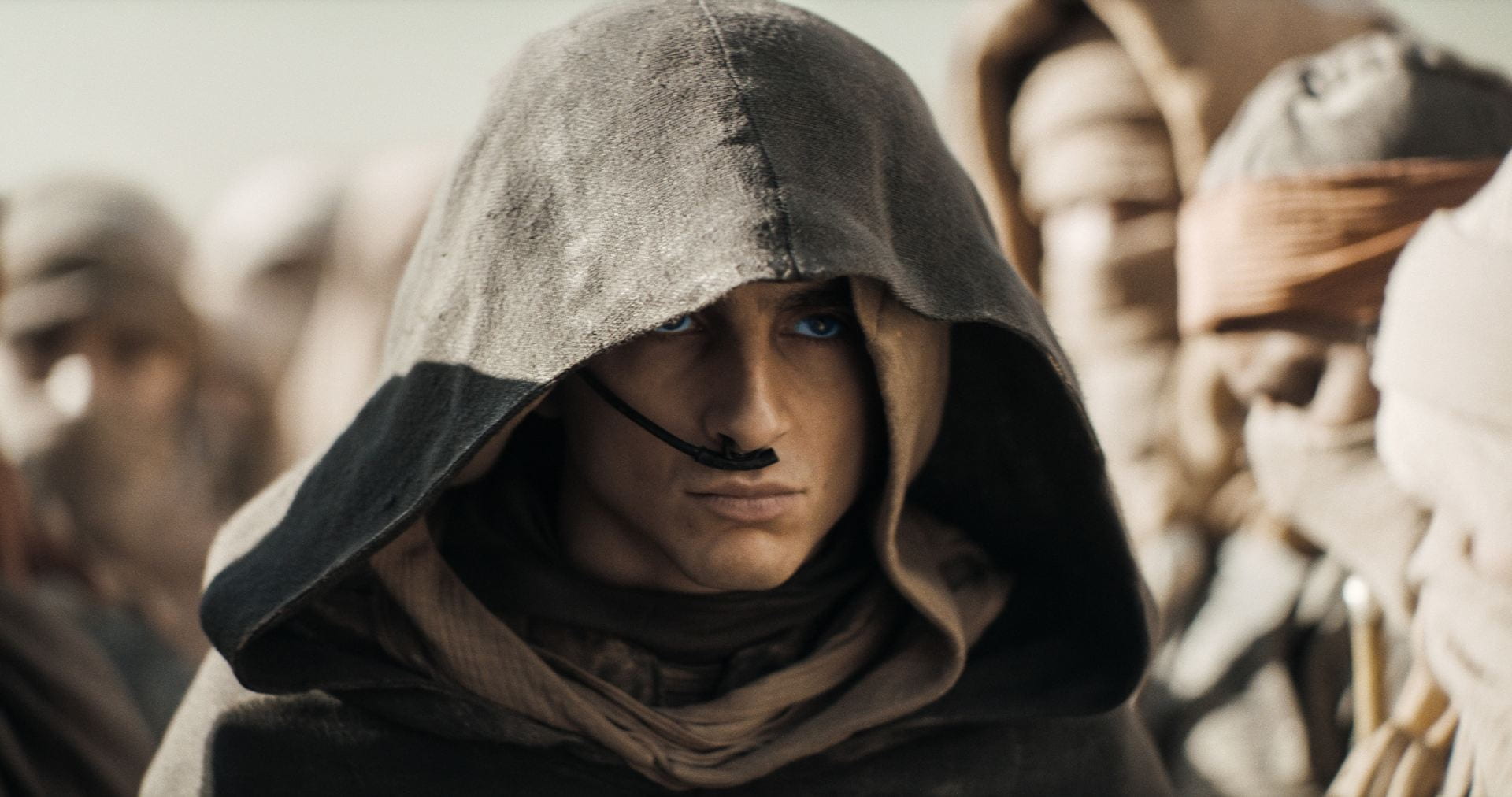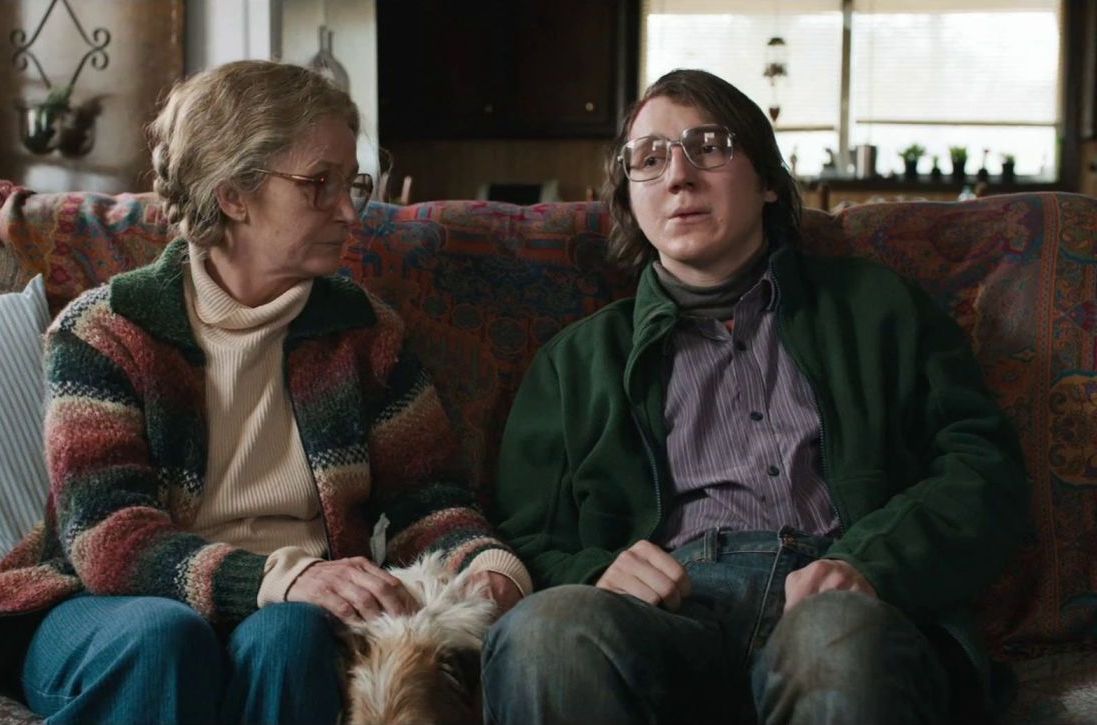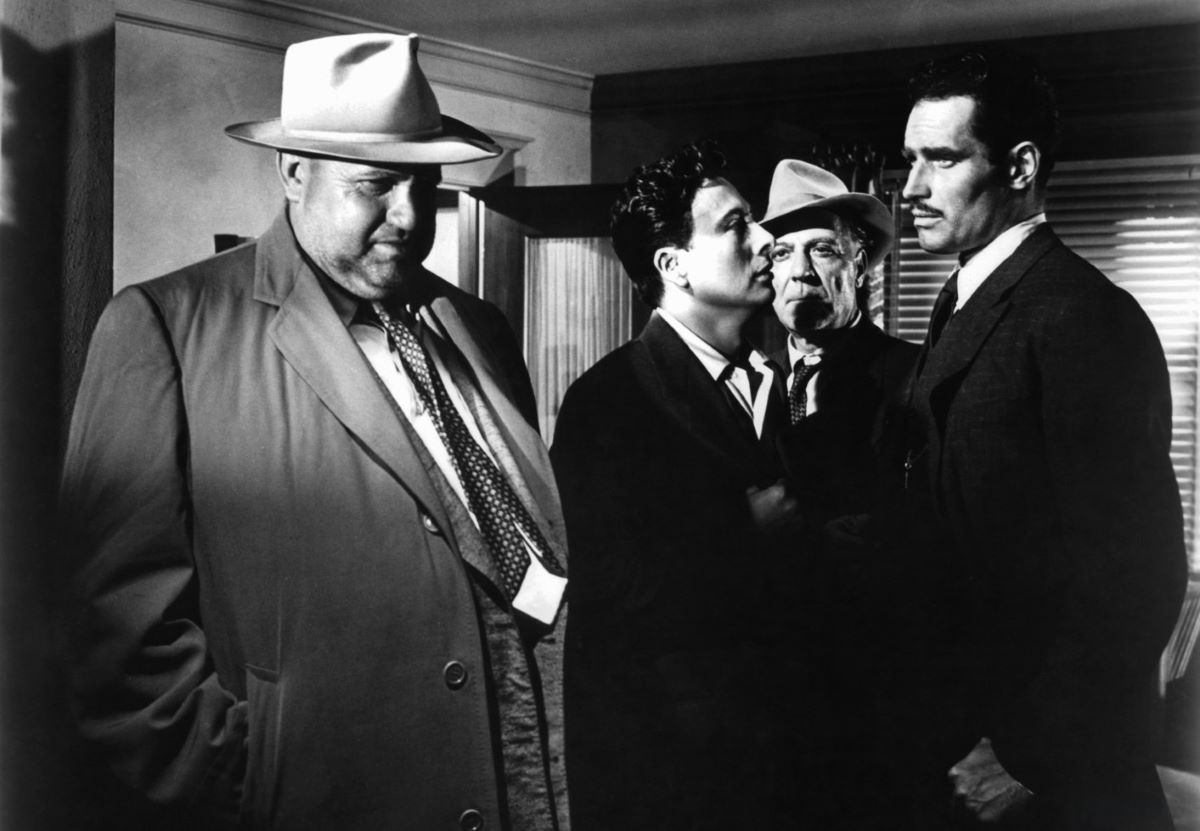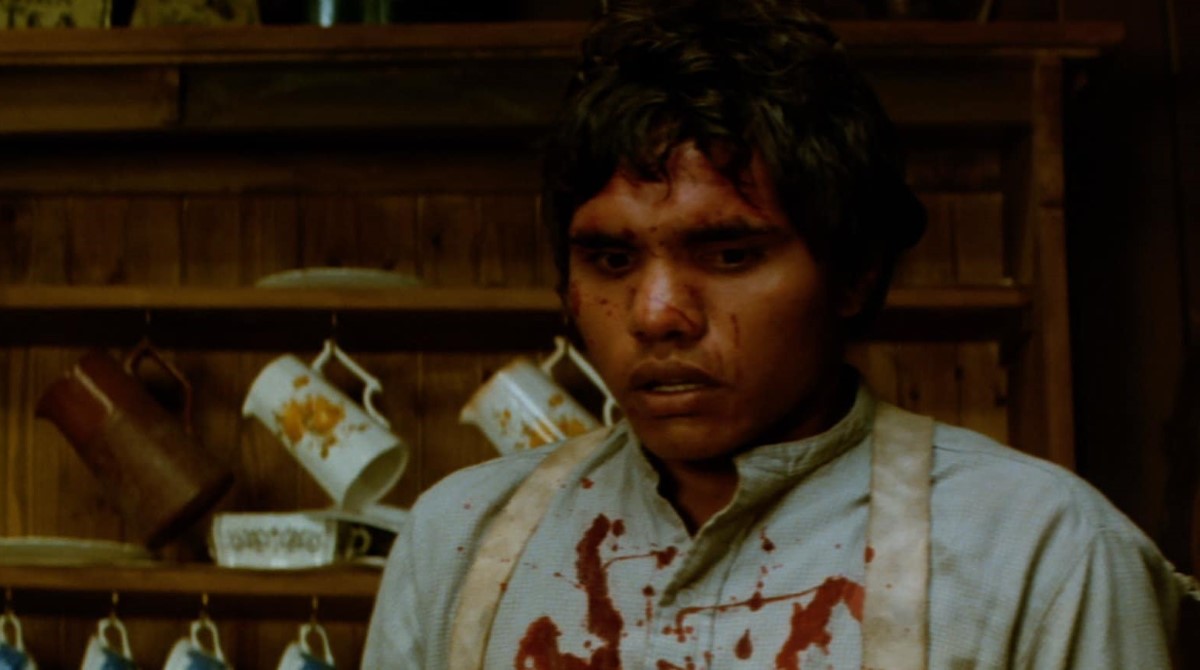by Gianni Canova
Many have noticed it: while some of the greatest filmmakers of our time—ranging from Christopher Nolan (Oppenheimer) and Martin Scorsese (Killers of the Flower Moon), to Steven Spielberg (The Fabelmans) and Paul Thomas Anderson (There Will Be Blood, but also Licorice Pizza)—turn their gaze to the past, delving into History and even inventing aesthetics that suit these retrospective explorations, Denis Villeneuve remains one of the few, along with his Canadian peers David Cronenberg (Crimes of the Future) and James Cameron (Avatar), to construct and inhabit possible future worlds, albeit saturated with utterly contemporary tensions and obsessions. Villeneuve had already ventured into the future with masterpieces like Arrival and Blade Runner 2049, and now returns, upping the ante (in terms of budget, ambition, and vision) with the Dune project. This represents the most challenging endeavor of his entire cinematic repertoire: to bring to the screen a world-novel as visually ungraspable as Frank Herbert’s, within whose labyrinthine, tangled, and multilayered plots had already been lost—albeit in very different ways—both Alejandro Jodorowsky (who eventually abandoned his Dune project) and David Lynch.
In his own way, Villeneuve also gets lost among the worlds of Dune. Yet, it is this very act of “getting lost” that captivates. The first part—released, let us remember, in 2021—had a hypnotic-contemplative pace, as if the gaze of the creator of that world ended up lingering there, suspended over the blinding nothingness of those deserts, in those sand-colored lights, amidst those booming yet bewildering sounds. With Dune: Part Two, everything becomes even more monumental: a $190 million budget (up from $165 million for the first part), solely IMAX cameras, all-new locations, a gigantism that involves the colossal set designs by Patrice Vermette, the thunderous and roaring (yet at times mystical) music by Hans Zimmer, the often lysergic photography (with its chromatic experiments and black-and-white inserts) by Greig Fraser, a “denser” cast of names, stars, and appearances (from Florence Pugh to Léa Seydoux, from Christopher Walken to Austin Butler), and an increasing and entangling of poetic, Third-Worldist, esoteric, messianic, psychoanalytic subtexts.
An aesthetic of excess? Indeed. A taste for hyperbole? Absolutely. A poetics of accumulation? Without a doubt. Dune: Part Two is powerful, magnificent, immeasurable, solemn. Villeneuve inflates, expands, overlaps, magnifies. In contrast to the minimalism of much contemporary cinema, he decidedly aims for maximalism. Toward the super-colossal auteur film, both classic and experimental at the same time. But more expressionist than baroque. More imaginative and hallucinatory than epic. Although the “hero’s journey” (Timothée Chalamet) leading the people of Dune against the Harkonnen invaders is filled with more action, battles, events, duels, surprises, ambushes, and skirmishes than in the 2021 pilot, here the Riefenstahl-like gigantism (apparent and blatant at least in the black-and-white section) soon gives way to a deeply dark tale spoken and acted out in a neo/post language where science fiction becomes a narrative of fantasy guerrilla warfare about the inevitability of war (and holy wars, alas…) in the future that awaits us.
Beyond its brutalist architectures, its explosions of fire, its gargantuan worms, Villeneuve ultimately allows our gaze to wander into the vast desert of Arrakis, while the images take precedence over the narrative. Because this is the secret of his cinema: in the end, it’s the images that linger. Full images. Self-signifying. Eager to present themselves to our eyes. And it is these that we ultimately remember, these that settle in our memory and our optical unconscious.
The story can be forgotten, one might get lost in the plot. But certain images remain there, mysterious and impetuous, enigmatic and arcane. And it is through them that Villeneuve’s cinema echoes the questions that, from a possible troubled future, haunt and interrogate our present.





